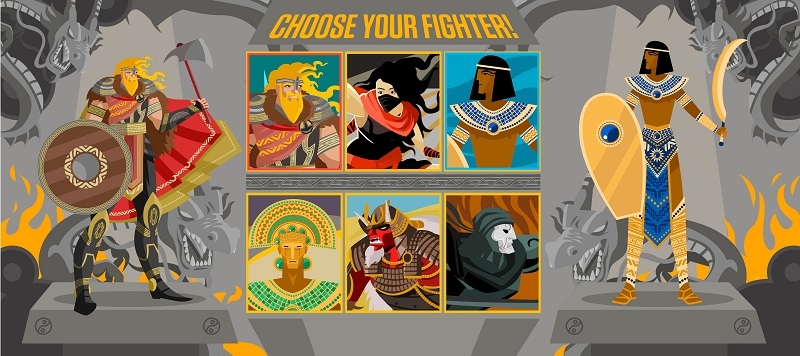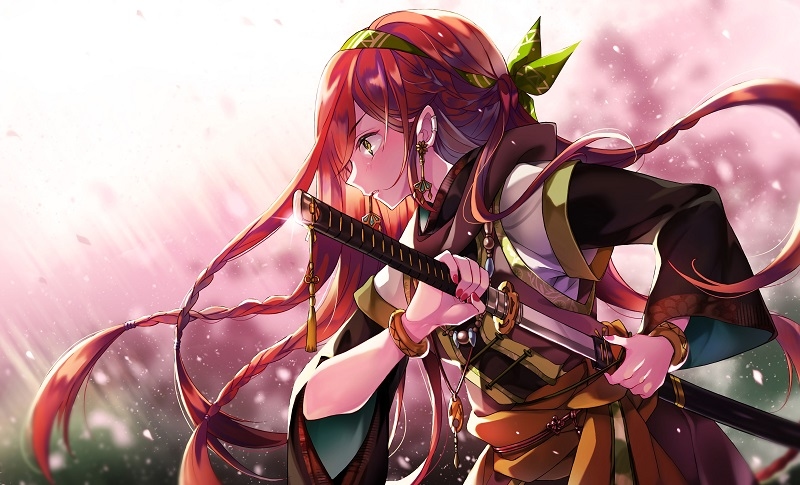
Assuming you have played a fighting game once and held a controller in your hand, you will know there is a sensation each character in the fighting game feels like. There are quick and sexy, and there are strong and slow. They are referred to as fighting game archetypes, roles of styles that characters are expected to adhere to. Being informed about these archetypes can enable you to discover the character that would best fit your play and make you win more matches.
In this guide, we will introduce you to the best-known fighting game archetypes, how they play, and how you can determine which fighting game Archetype you are.
The fighting game character archetypes determine the behavior of the characters and their strengths and weaknesses. They contribute to the making of balanced, fun, and diverse games. Let us discuss the most favored archetypes in layman's terms.
The basis of this archetype is Ryu and Ken from Street Fighter. They possess combined projectiles, powerful normals, and anti-airs. They are referred to as Shotos, due to having a collective move set which encompasses a fireball, dragon punch, and hurricane kick.
Traits:
Examples: Ryu (Street Fighter), Sol Badguy (Guilty Gear), Mario (Smash Bros.)
Grapplers are characters that deal big damage through grabs and command throws. They usually have slow movement but can dominate close-range combat with powerful throws.
Traits:
Examples: Zangief (Street Fighter), Potemkin (Guilty Gear), King (Tekken)
Zoners are long-range fighters who use projectiles or ranged attacks to control the screen and keep opponents away. Their goal is to frustrate enemies and stop them from getting in close.
Traits:
Examples: Dhalsim (Street Fighter), Peacock (Skullgirls), Samus (Smash Bros.)
Rushdown characters love to get in your face. They’re fast, aggressive, and rely on pressure to keep opponents on the back foot. They don’t give enemies a chance to breathe.
Traits:
Examples: Cammy (Street Fighter), Chipp Zanuff (Guilty Gear), Fox (Smash Bros.)
Puppet characters control two characters at once—usually a main fighter and an assist-like puppet. They require coordination but can overwhelm opponents with multiple attacks from different directions.
Traits:
Examples: Zato-1 (Guilty Gear), Rosalina & Luma (Smash Bros.), Carl Clover (BlazBlue)
There are more than just the basic ones. Here's a list of fighting game archetypes every fan should know to understand different styles in-depth.
Charge characters need to hold back or down before releasing an attack. Timing and patience are key.
Traits:
Examples: Guile (Street Fighter), Bison (Street Fighter), Leona (KOF)
Glass Cannons hit like a truck but can’t take much damage. They rely on dealing fast and deadly combos before getting hit.
Traits:
Examples: Akuma (Street Fighter), Zero (MVC3), Sephiroth (Smash Bros.)
These characters focus on poking and spacing. They win through smart positioning and quick reactions.
Traits:
Examples: Karin (Street Fighter), Lucina (Smash Bros.), Jin (Tekken)
Setplay characters rely on traps, setups, and timed pressure to control the match. Once they get a knockdown, they start their "setplay" loop.
Traits:
Examples: Ibuki (Street Fighter), Elphelt (Guilty Gear), Snake (Smash Bros.)

Having a wide variety of archetypes in fighting games ensures each player can find someone that suits their style. Whether you’re a beginner or a pro, knowing archetypes helps with learning, countering opponents, and building game knowledge.
Choosing the right fighting game character archetype makes the game more fun. If you're aggressive, go for a Rushdown. If you're patient, try a Zoner or Footsies character.
Knowing archetypes lets you prepare for your opponent’s strengths and weaknesses. You can adjust your strategy based on who you're fighting.
When you understand archetype fighting game mechanics, you grasp a deeper game strategy. This is important in tournaments and ranked matches.
Ever ask yourself, "What fighting game archetype are you?" Here's a short guide to match your personality with the right archetype.
If you like thinking ahead, controlling space, and predicting your opponent, you might enjoy:
Do you enjoy fast action and staying on the offense? You’ll love:
Prefer defense and punishing mistakes? Go with:
Love catching people off guard with unusual moves? You’ll enjoy:
Each archetype takes practice, but here are general tips for getting better no matter who you choose.
Understand your character’s full move list. Know which moves are safe, punishable, and how to combo into each other.
Study how top players use your archetype. You’ll see patterns, setups, and tricks that you can apply to your gameplay.
Even the best offense needs good defense. Learn how to block correctly, tech throws, and avoid bad habits.
Fight against Zoners, Grapplers, and Rushdown characters to learn their strengths and weaknesses. This will make you a complete player.
Some characters don’t fit just one category—they’re a mix of multiple fighting game archetypes.
These hybrids are often well-rounded but require you to understand multiple styles.
Whether you’re just starting or already competing, knowing the character archetypes fighting games use is key to growing your skills.
The next time you fire up your favorite battler, ask yourself, What is your fighting game archetype? The solution may shock you, as well as take you to your new main!
Getting to grips with the different archetypes in fighting games is an absolute must to learn how to play better, use characters to fit your style, and enjoy fighting games even more. You may rather want to zone and keep the enemy at a distance, charge at your opponent and beat with fast attacks, or throw your opponent and pin him with strong moves this you are insured to find an archetype suited to you. Knowing the pros and cons of every character kind in fighting games will make you come up with more effective tactics and make more rational choices. These roles can be ultimately mastered by any student and by competitive sportsmen as well: there is fun and success. Hence, browse the list of fighting game archetypes and find out which is the true archetype that suits you!
This content was created by AI